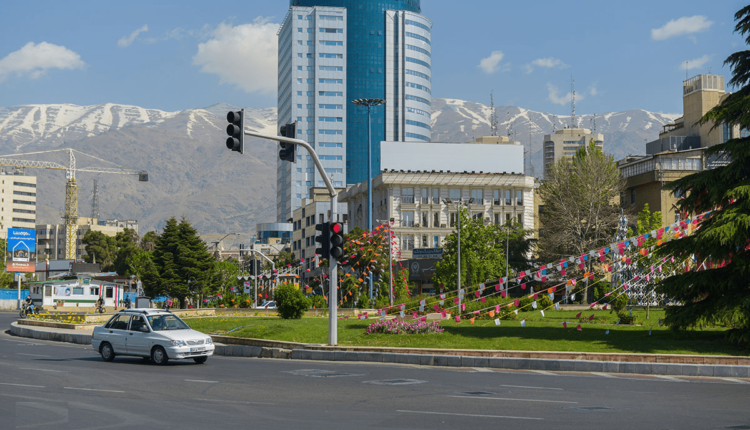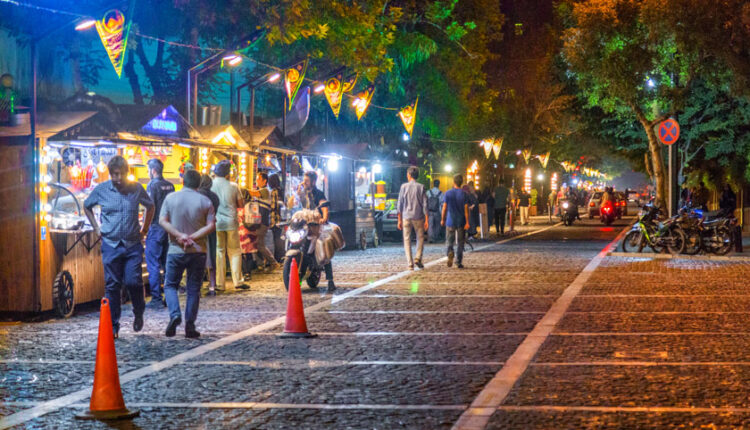Pros and Cons of Living in Tehran
Pros and Cons of Living in Tehran
Tehran, the bustling capital of Iran, brims with a population of around 9 million people, bringing with it the pulse of urban life and unique cultural traditions. It is a city of contrasts that leaves a deep impression on visitors and residents alike, offering a potpourri of experiences, both positive and negative. But what are the Pros and Cons of Living in Tehran?
Healthcare system in Iran
Tehran’s healthcare system is impressive, employing a plethora of highly qualified doctors who provide efficient services to the city’s residents.
We’re written about the top hospitals above so read more there.
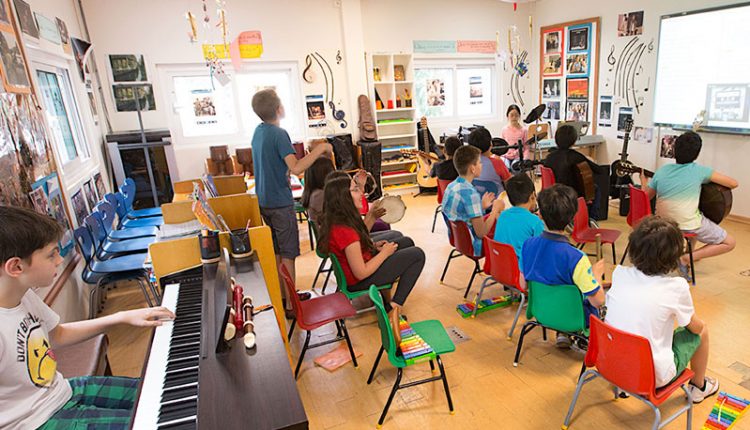
Education in Iran
It’s not just health; the city prides itself on its educational prowess as well. Tehran’s secondary and higher education institutions are of an extraordinarily high standard, and the city is packed with museums of all sorts and varieties: see more here.
Tehran’s weather offers a charming allure, particularly during the spring when conditions are pleasantly mild. The cost of living here is another plus point.
However, the city’s weather can be daunting, too, with extremely high temperatures in summer and a rather cool winter. The low humidity might not be comfortable for everyone.
The city’s air quality often reaches unhealthy levels, especially for sensitive groups, and the tap water is not safe to drink. Check out our list of best apps to understand daily air quality standards.

Smoking in Iran
Tehran people don’t take a health-conscious approach to life, and you’ll find the general populace harbouring a mostly nonchalant attitude toward smoking. Cigarettes are cheap in Tehran and vaping is extremely expensive in comparison to buying locally made smokes.
Smoking is now illegal indoors but not everyone respects those rules, remember that fact though or you could get chastised by a security guard in a mall.
There are ample smoking areas on balconies in malls and on the street, it is legal to smoke.

Challenges of Living in Tehran
On the flip side, Tehran is not without its share of challenges.
The city can feel overcrowded, and traffic conditions can be daunting due to the high population density and less-than-perfect road conditions.
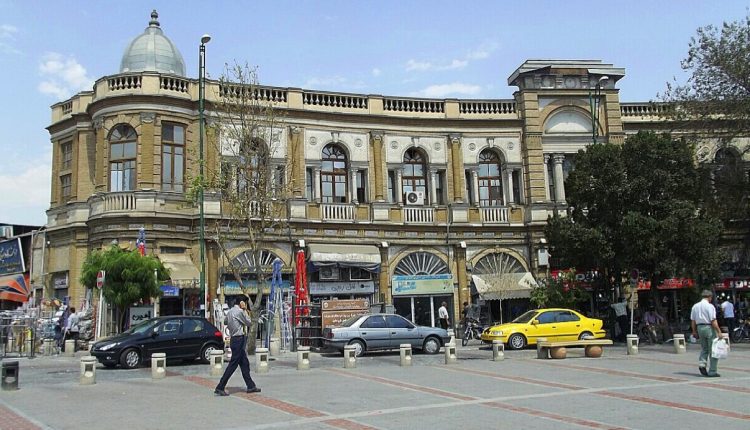
Driving in Iran
As a result, driving in Tehran might not be the smoothest experience and most people opt to take a cheap taxi or ride-hailing app.
Driving in Tehran gives you the advantage of having control over your travel times and routes. It provides a sense of freedom and can be more comfortable, especially if you’re traveling with family or carrying a lot of items. However, navigating the city’s traffic can be quite challenging.
Tehran is notorious for its bustling traffic and less-than-ideal road conditions, making it difficult for newcomers to adapt quickly. Parking can also be a concern due to the high population density. Besides, you’ll also need to familiarize yourself with local driving habits, which can significantly differ from those in other countries.
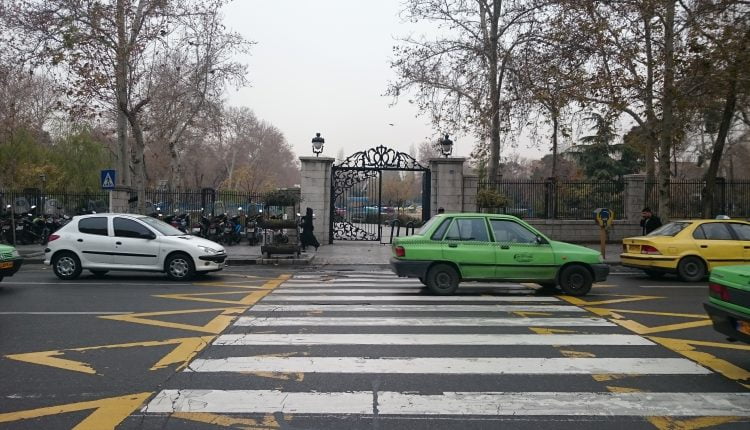
Using Public Transport in Tehran
On the other hand, using public transportation in Tehran is a viable alternative. It allows you to avoid the stress of driving in heavy traffic and saves you from the hassle of finding parking spaces. Tehran’s public transportation system includes buses, metro, and taxis. The metro, in particular, is efficient and covers many parts of the city, making it a convenient choice for daily commuting. However, public transport comes with its set of challenges.
During peak hours, it can get extremely crowded, and you may need to compromise on comfort. Understanding the routes and timings can also take some time, especially if you’re new to the city. Nonetheless, using public transport can be a great way to experience the local life of Tehran and is generally a more economical and environmentally-friendly choice.
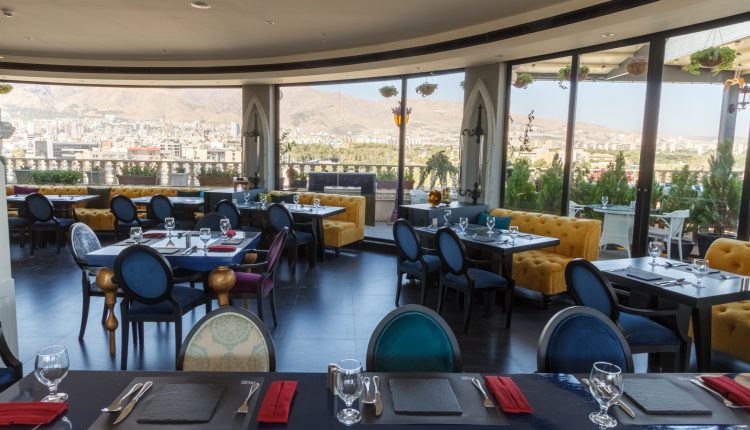
Restaurants in Tehran
Tehran’s restaurant scene, while offering some great cuisine, is not as varied as in other global cities but as of early 2020s situation is improving with some impressive local and foreign cuisines on offer.

Visiting Tehran with kids
Families with children might find the city lacking in suitable recreational spaces. There are not many places dedicated to families in Iran as in the west. Restaurants do not have accessibly play areas bar Super Star on Valiasr Street, however, last time we checked that was out of service for our kids.
In terms of socialising, making new friends and acquaintances might not be as easy as in more cosmopolitan cities. Women, especially those traveling alone, might need to be extra cautious from chatty guys hitting on them (especially on the Metro where you are in close confines).

Internet in Tehran: Pros and Cons
Internet connectivity in Tehran can be a real issue, with average speeds hovering around 4 Mbps, which might not be sufficient for work or maintaining regular contact with family and friends abroad. A language barrier can also be a concern for English speakers, as locals might not be fluent.
Everyday Life: Pros and Cons
Iran’s power outlets function at 230V 50Hz, and the best wireless service provider is MTN IranCell. When it comes to accommodation, Delta Home and Mihmansho offer a good range of apartment listings. For short stays, Booking.com and Hotels.com don’t work and connecting directly to hotels is a must to secure a booking.
If you’re looking for a taxi service, Snapp is your best bet. For medical emergencies, the Arad Hospital Tehran is a highly recommended healthcare facility.
For air travel, Mahan Air is an excellent choice for short-haul flights, while IranAir is the preferred international carrier.

Cost of living in Tehran
You’ll find the city quite affordable compared to many other international capitals. However, the north of the city can be pretty expensive if you are on a budget.
For expats, you can expect to spend about $900 monthly, while families might need to budget around $2000.
Locals, on the other hand, typically spend about $550 a month.
Dining out is quite affordable with exchange rates in the foreigner’s favor, with a cheap meal typically costing around $4.5, a small cola priced at $0.6, a pint of (non-alcoholic) beer at $3.5, and a cup of coffee at $1.8.
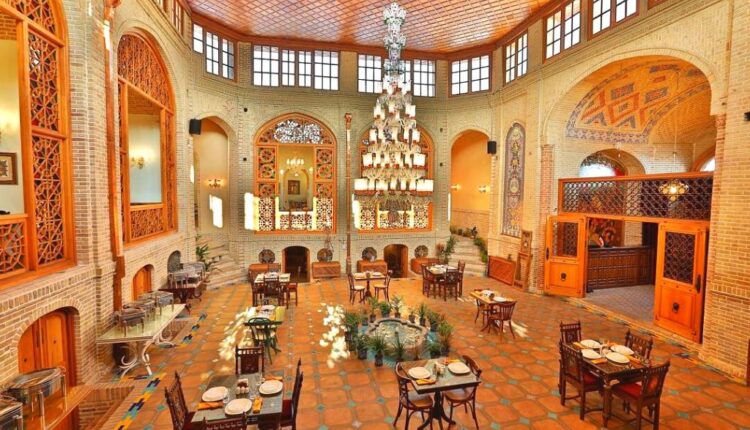
Tipping in Iran
In Iran, tipping isn’t compulsory, but it’s a kind gesture to show your appreciation for good service.
Tipping in Tehran, and indeed throughout Iran, is less about an obligation and more about an expression of appreciation.
Unlike in certain western countries (US and Canada), where tipping is a significant part of workers’ incomes, in Iran it is more about acknowledging exceptional service.
Generally, people tip when they receive great service or when they feel particularly pleased with their experience. While tips are warmly welcomed, they are not seen as mandatory.
In restaurants, a tip of around 10% is considered generous, but again, it is entirely at your discretion. The tipping culture extends to other services too, like taxi rides or home deliveries, but the amounts are usually nominal.
Always remember that a tip is a gesture of goodwill and appreciation, and in Tehran, as anywhere, it is best given willingly and with a smile.

Haggling in Iran
In Tehran, as in many other places, the art of haggling is a common practice, ingrained in the culture and marketplace traditions. However, it’s essential to exercise this skill with respect and understanding.
While it may be tempting to negotiate every price down to the last Iranian Rial, one must remember the extraordinarily affordable cost of living in the city. Prices for goods and services are typically quite reasonable, even inexpensive by global standards.
Haggling too aggressively can undermine this delicate balance and may risk causing offense or strain to local vendors, who rely on these sales for their livelihood. It’s a matter of understanding the value of what you’re buying and respecting the work of those who provide it.
So, while gentle bargaining can be part of the fun and is generally accepted, it’s wise not to push too hard. After all, a part of experiencing a culture is also supporting it.
Also, as we saw once you shouldn’t haggle in a restaurant or coffee shop, you will just look a bit mad if the price is printed on a receipt.

